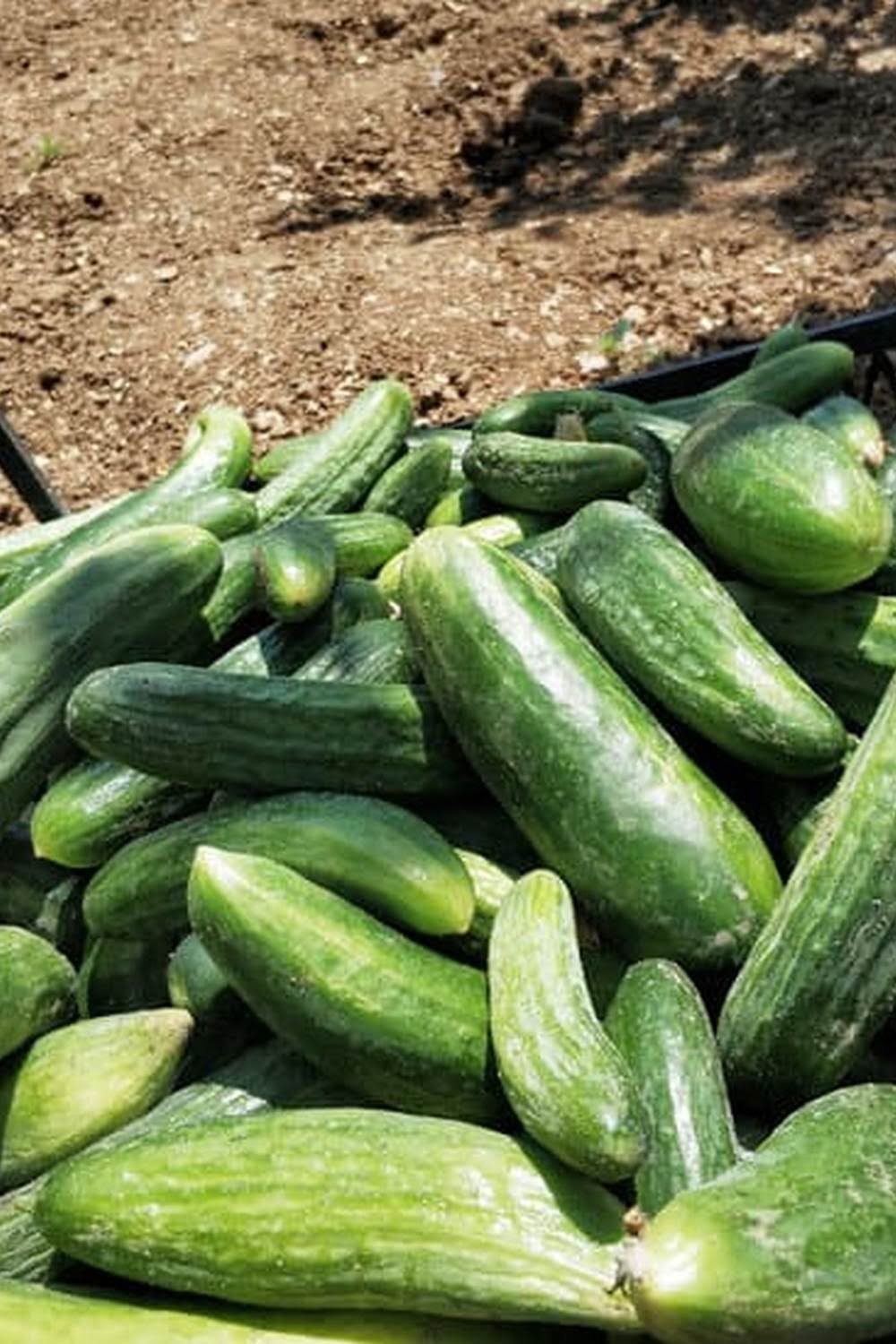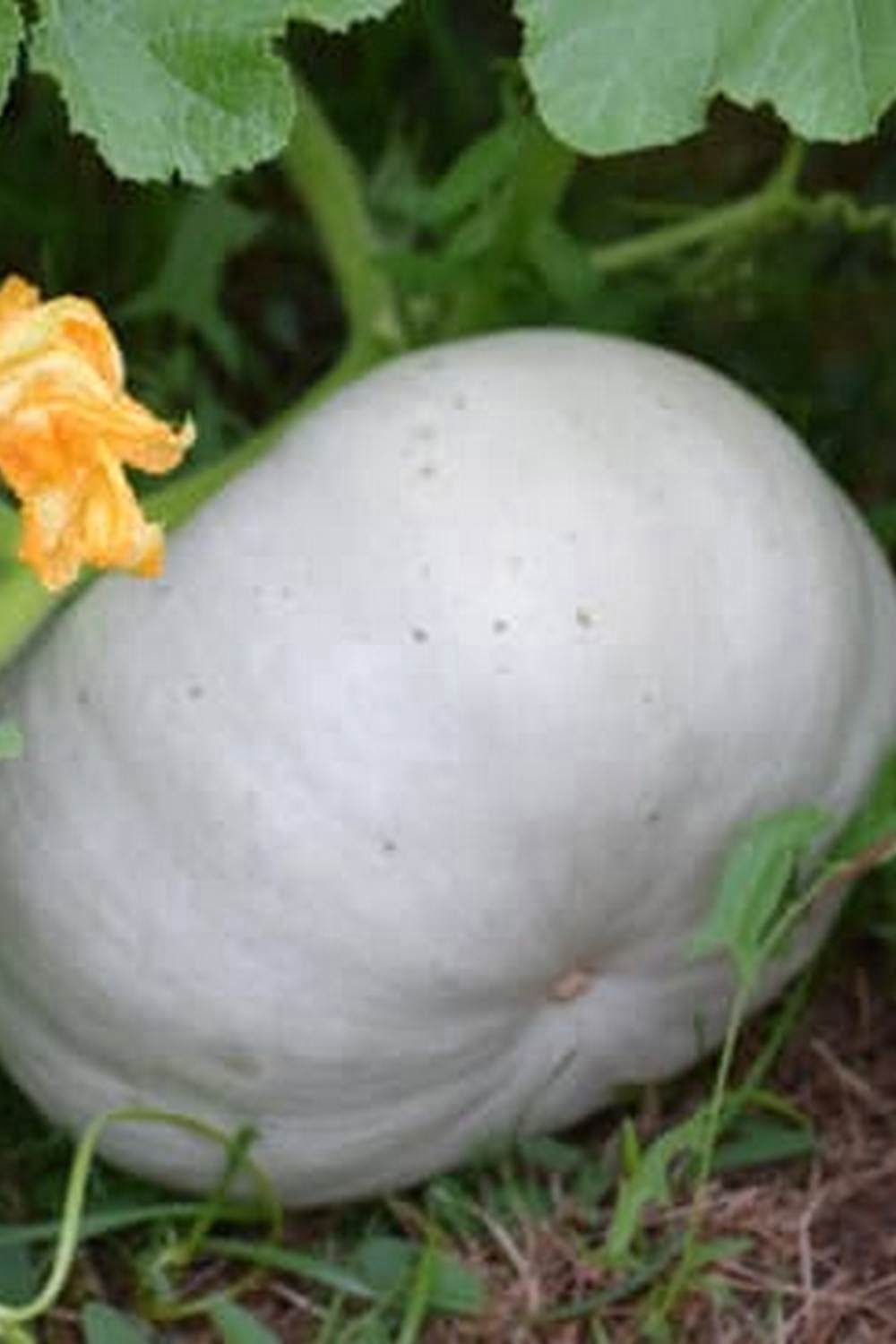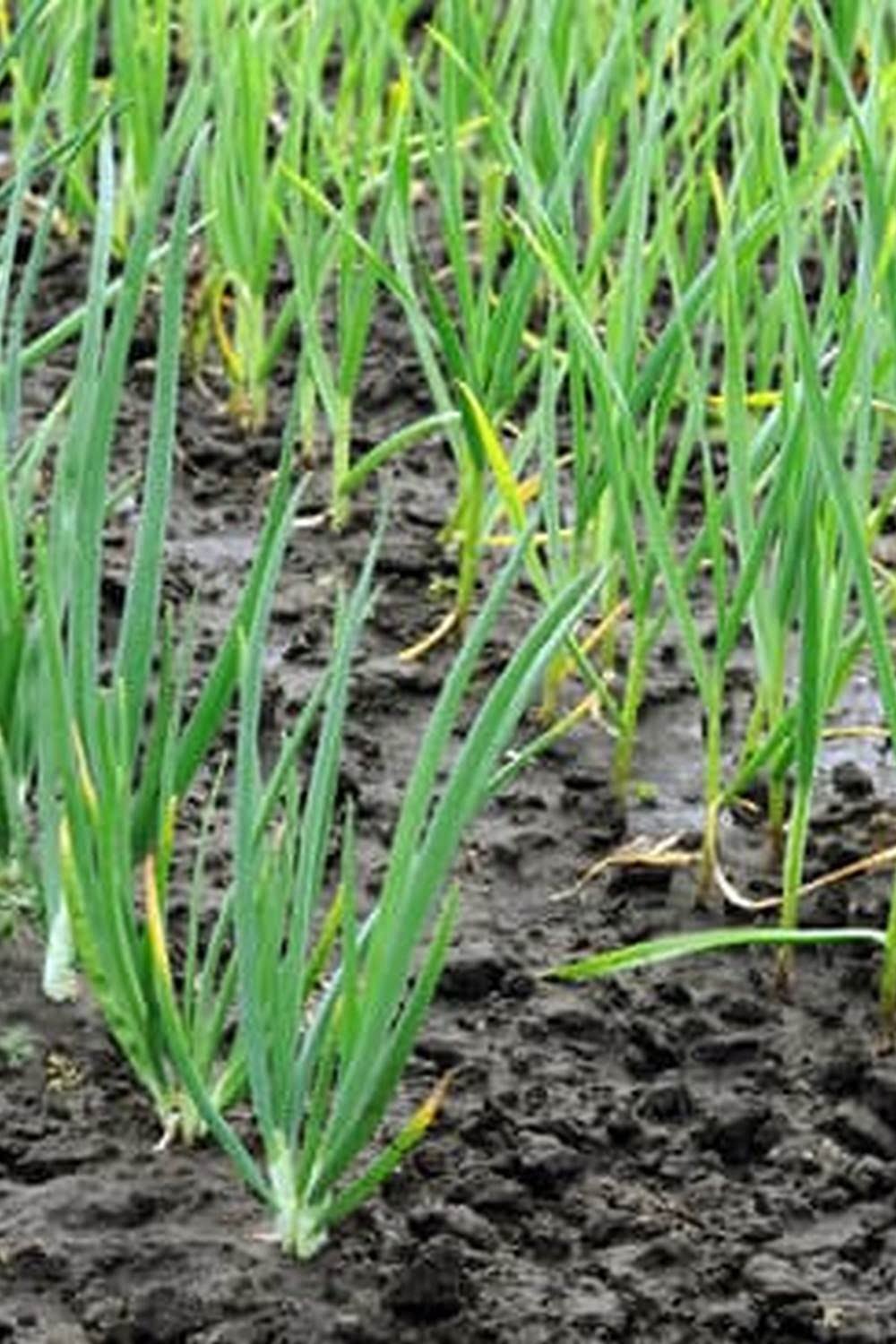Introduction
Fertilizing any vegetable garden is an important step in ensuring your plants have the proper nutrients for growth. Fertilizer helps ensure vigorous plant growth, encouraging high yields and promotung healthier soils. Properly applied fertilizer can help vegetables resist disease, tolerate stress from weather conditions, and lead to better quality fruits and vegetables. Knowing when to apply fertilizer in a vegetable garden will help encourage optimal growth of your plants.
Selecting the Right Fertilizer
When it comes to selecting the right fertilizer for your vegetable garden, there are several options available. Each type of fertilizer has its own benefits and should be chosen according to the specific needs of your plants. Organic fertilizer is a great choice for vegetables as it contains natural nutrients like nitrogen, phosphorus, potassium, magnesium and calcium. This type of fertilizer can be created by combining chopped or shredded animal manure with compost and other ingredients. Manure also helps replenish soil microorganisms that help break down organic matter into plant-available nutrients. Synthetic fertilizers can also provide a boost to your garden’s soil. These formulas often contain nitrate nitrogen which helps provide fast nutrient uptake by plant roots. There are also chemical fertilizers specifically designed for use in the vegetable garden that contain balanced macronutrients such as nitrogen, phosphorus, and potassium as well as micronutrients such as zinc, iron and sulfur. In addition to providing essential nutrients to plants, synthetic fertilizers may also feed beneficial microbes living in the soil. Before adding any fertilizer to your vegetable garden, make sure you read the label carefully to ensure it is suitable for edibles and follow instructions for proper application rates.
Timing and Frequency
The best time to apply fertilizer to a vegetable garden is in late winter or early spring when temperatures begin to rise and the soil has begun to thaw. Once planted, fertilizer can also be applied during the growing season as needed. Generally speaking, fertilizing every three weeks with a balanced nutrient blend will provide good balance of nutrients for your vegetable garden. For heavy feeding crops such as tomatoes and peppers, liquid nitrogen fertilizer may be applied more frequently (weekly) and throughout the entire growing season. Additionally, mulches such as compost or grass clippings can also be used to supplement nutrients and keep weeds at bay.
Application Techniques
Easy methods of applying fertilizer to a vegetable garden include broadcast application, incorporating the fertilizer into beds before planting, fertigating (feeding through the irrigation system), and side-dressing.
Broadcast Application involves using a spreader to evenly distribute fertilizer over the garden bed prior to planting. This method works best for large scale gardens that have been graded and leveled.
Incorporating Fertilizer into Beds Before Planting requires fertilizers to be mixed with soil when preparing beds for planting. This prevents rots and fungi caused by excessive amounts of fertilizer remaining in contact with seeds while they are germinating.
Fertigation feeds nutrients directly onto your garden from the irrigation system before or after watering. Nutrients can be injected at the main valve, filter, or the outlet sprinklers using a timer or proportioning device.
Side-dressing is performed by scattering fertilizer around established plants, often just prior to flowering. This method should not be used until plants are well established as tender young plants may suffer scorched leaves when exposed to high fertilizer concentrations. The amount applied should also depend on how much rain is expected so as not to leach soluble nutrients out of reach of plant roots.
Fertilizer Safety
When applying fertilizer to a vegetable garden, it is important to wear protective clothing such as long-sleeved shirts, closed-toed shoes, and gloves. Additionally, it is important to read the labeling on any fertilizer or soil amendment product and follow application instructions closely. Protect yourself from processing dust by wearing an appropriately fitted mask or respirator. Make sure that you are working in a properly ventilated area and avoid breathing in any dust when mixing the fertilizer with soil and water. Avoid spilling any materials and never apply chemicals near a well or other water source. Finally, keep containers tightly sealed and store all fertilizers in their original containers away from children.
Troubleshooting
Signs of fertilizer imbalance in a vegetable garden can include yellowing or scorching leaves, slow growth, and stunted foliage. If plants are showing these symptoms, it could be an indication that the garden needs more nutrients but it may also mean that too much fertilizer has already been applied. In order to remedy this issue, soil should first be tested to determine what nutrients are lacking. Once these deficiencies have been identified, adding them as a fertilizer (or compost hydrolyzed to a mineral based fertilizer) can help balance out the nutrient levels in the soil so optimal growing conditions are established for vegetables. Additionally, crop rotation can reduce the build-up of micronutrients and ensure that the vegetables receive the proper balance of nutrients from within the soil over time. Fertilizing applications should generally take place during two key times: first when planting and then again halfway through the growing season.
Conclusion
Applying fertilizer to a vegetable garden is important for providing essential nutrients necessary for healthy plant growth and development. Fertilizer should be applied at the beginning of the growing season, before planting vegetables, as well as occasionally throughout the season depending on the vegetables being grown. It is best to use organic fertilizer and spread it evenly around the soil surface in order to provide an even distribution of nutrients. Following directions on product labels closely can also ensure that your plants get all they need while limiting any possible damage from over-fertilizing. Properly fertilizing has many benefits and will improve and strengthen overall garden health.

If you’re looking to get into vegetable gardening, or are just looking for some tips on how to make your current garden better, then you’ve come to the right place! My name is Ethel and I have been gardening for years. In this blog, I’m going to share with you some of my best tips on how to create a successful vegetable garden.





